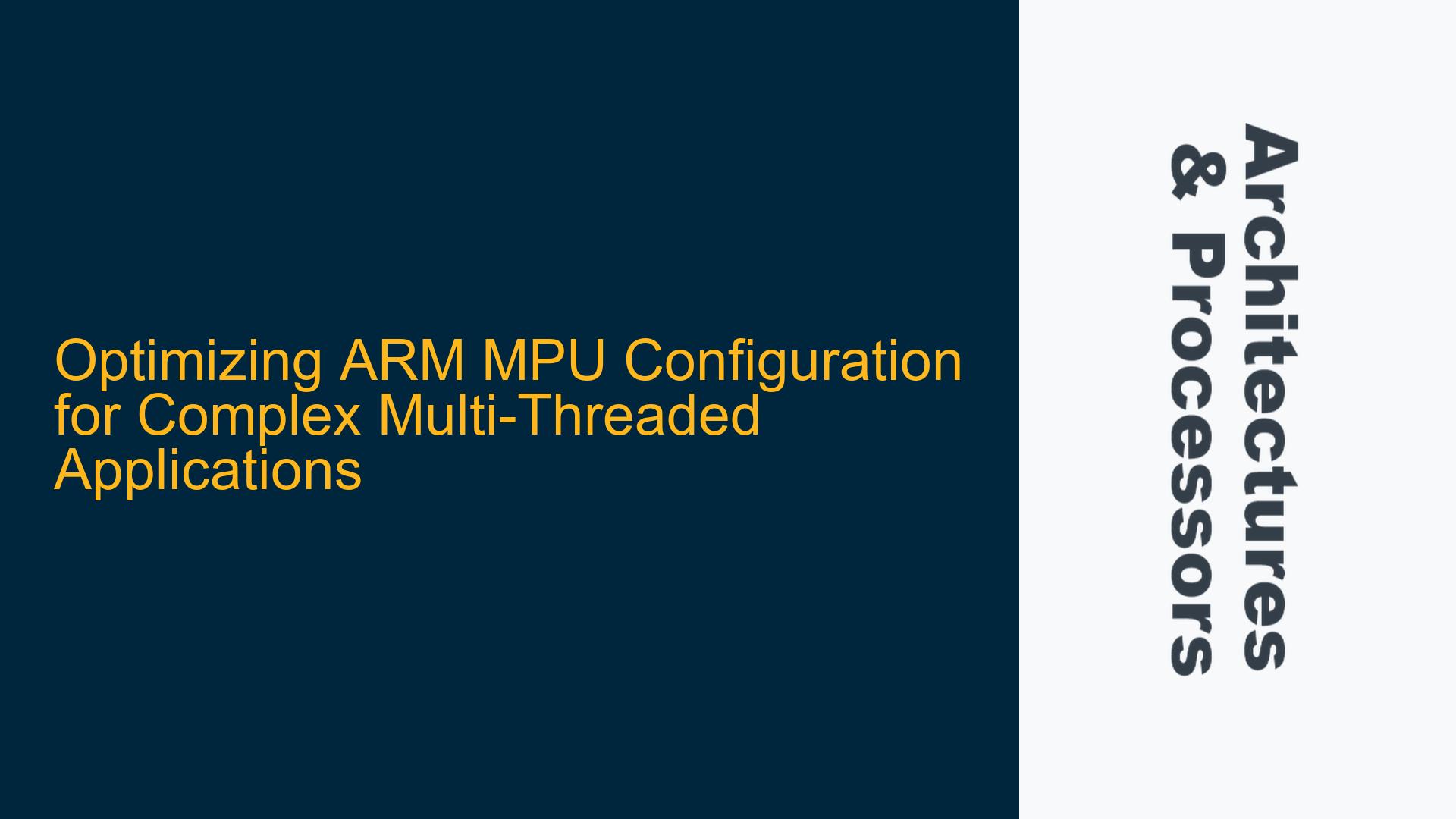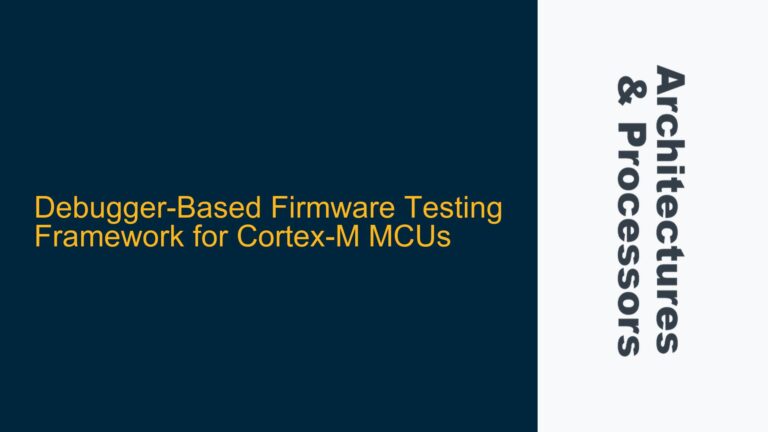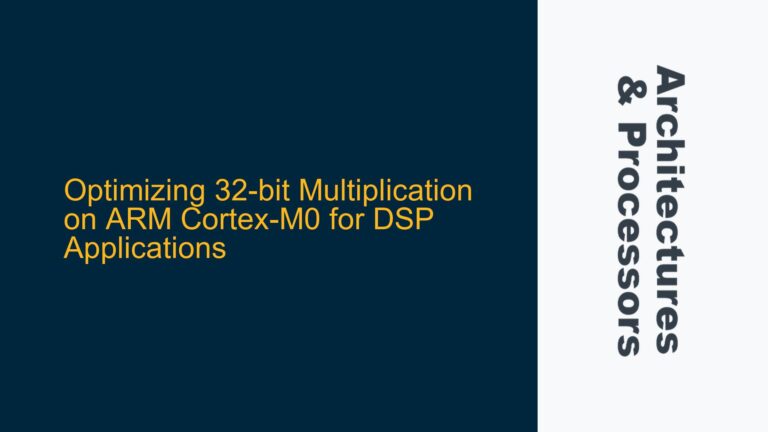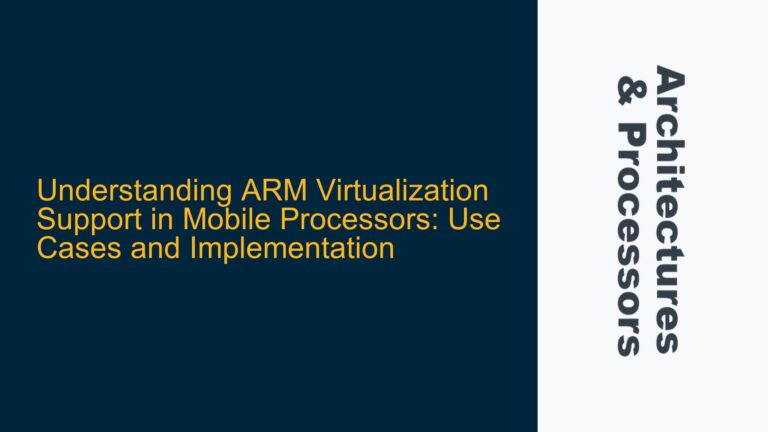ARM MPU Region Limitations and Stack Protection Challenges
The ARM Memory Protection Unit (MPU) is a critical component for ensuring memory safety and access control in embedded systems. However, its practical implementation often reveals complexities, particularly in multi-threaded environments with stringent memory partitioning requirements. The MPU provides a finite number of regions (typically 8 to 16, depending on the ARM core), each of which can be configured with specific access permissions, attributes, and base address alignment constraints. These regions must be multiples of 2^N, where N is determined by the region size. This alignment requirement can lead to inefficiencies in memory utilization, especially when dealing with complex software architectures that demand fine-grained memory protection.
One of the most challenging aspects of MPU usage is stack protection in multi-threaded applications. Each thread typically requires its own stack, and protecting these stacks from unauthorized access or corruption is essential for system reliability. However, the limited number of MPU regions often forces developers to make trade-offs between granularity and coverage. For example, in a system with 15 or more threads, allocating a dedicated MPU region for each stack may not be feasible due to region exhaustion. This limitation necessitates creative solutions, such as overlapping regions or dynamic reconfiguration of the MPU during context switches.
Additionally, the MPU’s region size constraints can complicate memory partitioning. For instance, if a stack requires 1.5 KB of memory, the MPU region must be rounded up to the nearest power of two (2 KB in this case), resulting in wasted memory. This inefficiency becomes more pronounced in systems with numerous small memory partitions, where the cumulative overhead can significantly impact overall memory utilization.
MPU Reprogramming During Task Switches and Debug Register Configuration
To address the challenges of limited MPU regions, one common approach is to dynamically reprogram the MPU during task switches. This technique involves reconfiguring the MPU regions to match the memory access requirements of the currently executing task. While effective, this approach introduces additional complexity, particularly in real-time systems where task switches must occur with minimal latency. The MPU reprogramming sequence must be carefully optimized to avoid introducing excessive overhead, which could degrade system performance.
Another critical aspect of MPU usage is the configuration of debug registers for stack protection. ARM cores provide debug features, such as watchpoints, that can be used to monitor and protect specific memory regions. Watchpoints function similarly to breakpoints but are triggered by memory access rather than instruction execution. They can be configured to generate exceptions or halt the processor when a specified memory address is accessed, providing an additional layer of protection for critical memory regions like stacks.
However, configuring debug registers in software can be non-trivial. The process typically involves enabling monitor mode, disabling existing breakpoints, programming the watchpoint address and control registers, and then re-enabling the watchpoint. A common pitfall is failing to unlock the debug registers before attempting to modify them. ARM cores often require a specific unlock sequence, such as writing a magic value (e.g., 0xC5ACCE55) to a designated register, to enable write access to the debug registers. Omitting this step can result in configuration failures, where the programmed values do not take effect.
Implementing Efficient MPU and Debug Register Management Strategies
To overcome the challenges associated with MPU and debug register configuration, developers must adopt a systematic approach that balances performance, memory efficiency, and system reliability. One effective strategy is to prioritize MPU regions based on the criticality of the memory regions they protect. For example, stacks for high-priority tasks or those handling sensitive data should be allocated dedicated MPU regions, while lower-priority stacks can share regions or rely on alternative protection mechanisms like watchpoints.
When using watchpoints for stack protection, it is essential to carefully manage the limited number of available watchpoints. ARM cores typically support a small number of watchpoints (e.g., 2 to 4), so they should be reserved for the most critical memory regions. Additionally, the watchpoint configuration sequence must be rigorously validated to ensure that the intended protection is in place. This includes verifying that the debug registers are correctly unlocked, the watchpoint address is properly aligned, and the control registers are configured with the appropriate access type (e.g., read, write, or both).
For systems with a large number of threads, consider implementing a region-sharing scheme where multiple stacks are protected by a single MPU region. This can be achieved by aligning the stacks within the region and using the MPU’s sub-region disable feature (if available) to exclude unused portions of the region. While this approach reduces the number of required MPU regions, it requires careful planning to ensure that the stacks do not overlap or exceed the region boundaries.
Finally, developers should leverage ARM’s documentation and community resources to stay informed about best practices and potential pitfalls. The ARM Technical Reference Manual (TRM) provides detailed information on MPU and debug register programming, but it can be dense and difficult to navigate. Engaging with the ARM community, as demonstrated in the forum discussion, can provide valuable insights and practical solutions to common challenges.
By combining these strategies, developers can effectively manage the complexities of ARM MPU and debug register configuration, ensuring robust memory protection and system reliability in even the most demanding embedded applications.






